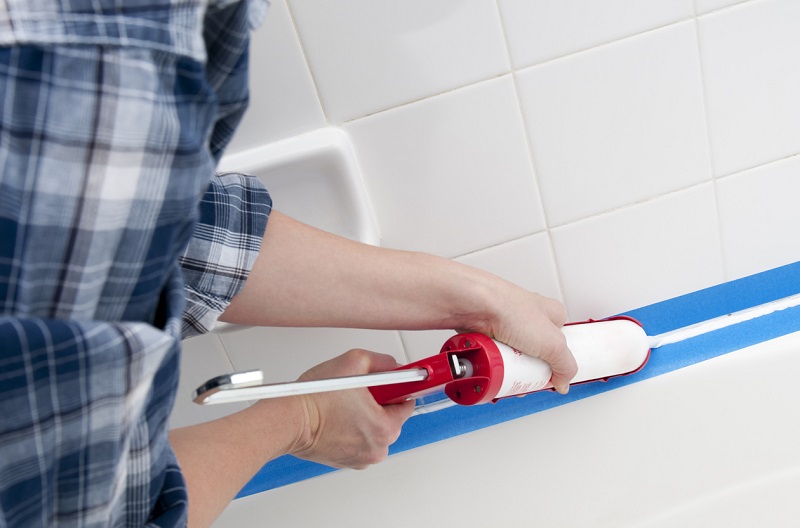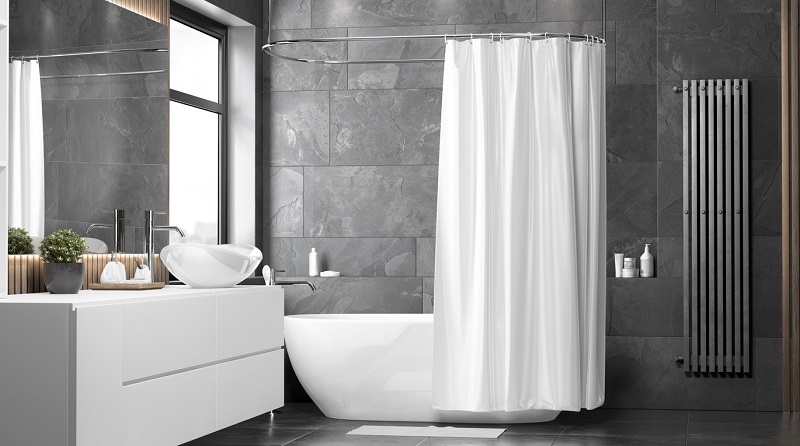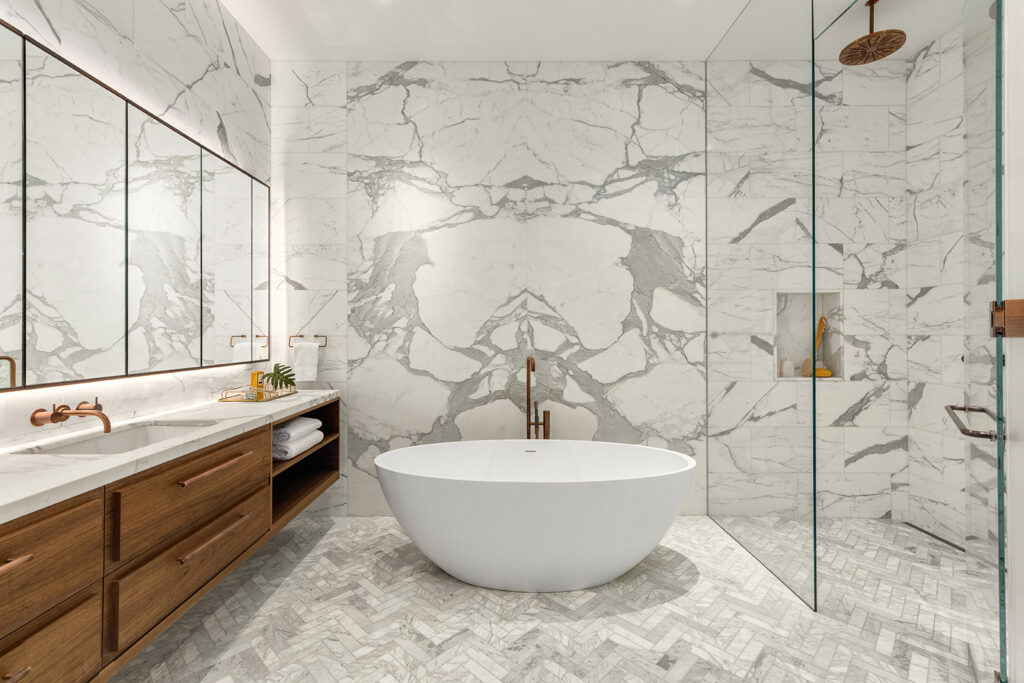
Where Can Young Americans Afford Their First Home? | 2025 Study
Nearly 75% of Americans under 30 cannot afford to buy a home in their current city, making location choice critical
Although it may seem trivial, every homeowner knows that water is a big danger to any bathroom. Trapped moisture without proper ventilation can lead to mold, mildew and eventually erosion of your bathroom. Waterproofing is the act of creating an environment that is more resistant to the damages of water and can more easily handle moisture. Today, we will discuss the importance of keeping your bathroom dry and how to do so.
A bathroom’s longevity will ultimately depend on how it can deal with moisture.

Here are the dangers that moisture will pose to your bathroom long term.
Leaks are a result of a break in your bathroom’s integrity. This can result in poor sealant, natural erosion, improper installation or poor material. If a leak does happen, chances are that an aspect of your bathroom is starting to erode. This can result in further water damages throughout your bathroom if not treated.
Mold occurs when there is excess moisture in your bathroom. When this moisture is exposed to air, it creates mold. Mold is obnoxious to deal with as it can slowly denature certain materials and make them more unstable over time. Mold also creates a very unpleasant odor and is aesthetically disgusting to look at.
In addition to the long term damages water can cause, water also presents an immediate danger in that you can easily slip and fall. Slipping can occur when a slippery surface becomes wet, making that surface unstable and can pose a potential danger to anyone who walks on it unaware.
Here are the areas you should focus on when waterproofing your bathroom for the safety of your household and longevity of your bathroom.
Bathroom walls are problematic because they have such a large surface area that can trap and attract moisture. In addition, they are connected to almost every aspect of your bathroom such as the bathtub, shower, toilet and sink, all of which can expel a decent amount of moisture. Due to the method of construction, most of your bathroom’s walls are difficult to access completely as well, such as your bathtub walls, so this allows for moisture to leak through poor sealants and damage your walls if you are not careful.
Similar to walls, your floor supports your bathroom and covers a large surface area. This area will generally attract a great deal of moisture and run the risk of getting wet and growing mold and other unwanted elements through general use of normal fixtures such as bathtubs, sinks and showers. If not properly waterproofed, your floor can absorb excess moisture and eventually erode with use, leading to loss of structural integrity and further damages.
Your ceiling will tend to trap a fair bit of moisture when you bathe. If your bathroom has poor ventilation, this can lead to mold and mildew very quickly if left unattended. This can be accomplished by using fans or having a large window to properly vent the excess moisture that your ceiling will trap.
Bathroom accessories such fixtures and vanities can also leak and spill excess moisture into your bathroom. If pipes are not properly protected and sealed, your accessories can create more water damage for your bathroom which will lead to more complications in the future.
Liquid membrane or uniform membranes, create a uniform layer that can be spread across a surface, creating a tight, waterproof seal over the area. Liquid membranes are incredibly useful for roofs, decks, carparks, toilets, basements and swimming pools as they can adhere to an exact area based on the size of the roll. The drawback to liquid membranes is that they are very labor intensive to install, costly and must be put together piecemeal to fit a specific space.

Instead of installing full shower wall panels, you can opt to install tiles for your walls and floor. Tiles create a uniform look that is highly customizable and will not trap excess moisture in the material. This means that you can easily waterproof your walls and floor with a more water resistant material that can fit into almost any bathroom space. The disadvantage of tile however is that it can be quite expensive compared to wall panels depending on the full size of your bathroom.
Wall panels are panels that are generally larger than traditional tile and constructed from a wide range of material from wood to PVC. They are insulated around 8mm thick and can resist water due to the nature of the material. They are generally seen as a cheaper solution compared to tile but with little tradeoff in quality. The disadvantage of having wall panels is that the individual panels can eventually develop rot and will require replacing, otherwise the rot may spread to other pieces quickly.
Laminate walls are constructed from multi-layer synthetic flooring fused together. The material simulates wood and gives off a similar aesthetic while allowing it to be more durable and water resistant than actual wood. Laminate also is available in both wall panel and tile, providing a great deal of flexibility for installation. The drawback to laminate is that it is not as durable as stone material and other wall material on the market. In addition, laminate can resist water but prolonged exposure will eventually rot the material.
Stone material such as granite can be used as tile for floor and walls, providing a highly durable and highly water resistant material. Stone material is often considered one of the best for its aesthetic and durability, but it is also one of the most expensive materials on the market. Additionally, stone can easily pick up stains and be remarkably difficult to clean due to the density of the material itself.
Glass based walls are what they sound like: walls made from glass. Glass is a material that is highly water resistant, will not trap moisture and can handle high temperatures. This makes it ideal for combating excess moisture in bathrooms and creating a waterproof solution. The large disadvantage to glass however, is that glass is incredibly brittle and expensive to install, meaning that your walls are not very durable.
Waterproofing your bathroom is essential to prolonging the life of your home and your bathroom. Consider the methods that seem practical to you and start protecting your bathroom today.

Eric is the founder and president of Badeloft USA. He has been the president of Badeloft’s US division for over ten years and oversees all marketing and branding aspects of Badeloftusa.com.
His expertise lies in small business development, sales, and home and bathroom industry trends and information.
Contact us with any business related inquiries.

Free material samples and tub templates

Nearly 75% of Americans under 30 cannot afford to buy a home in their current city, making location choice critical

1 out of 5 Americans says they always feel rushed in their daily lives, yet finding cities that support a

When upgrading your bathroom, one of the most important—and often overlooked—decisions is choosing between a one-piece or two-piece toilet. While

Small details, including what you place on the floor, can make a big difference when setting up or upgrading your
Request your free material sample below. By submitting, you agree to receive occasional product updates and offers from Badeloft. Unsubscribe anytime.
"*" indicates required fields
"*" indicates required fields
"*" indicates required fields